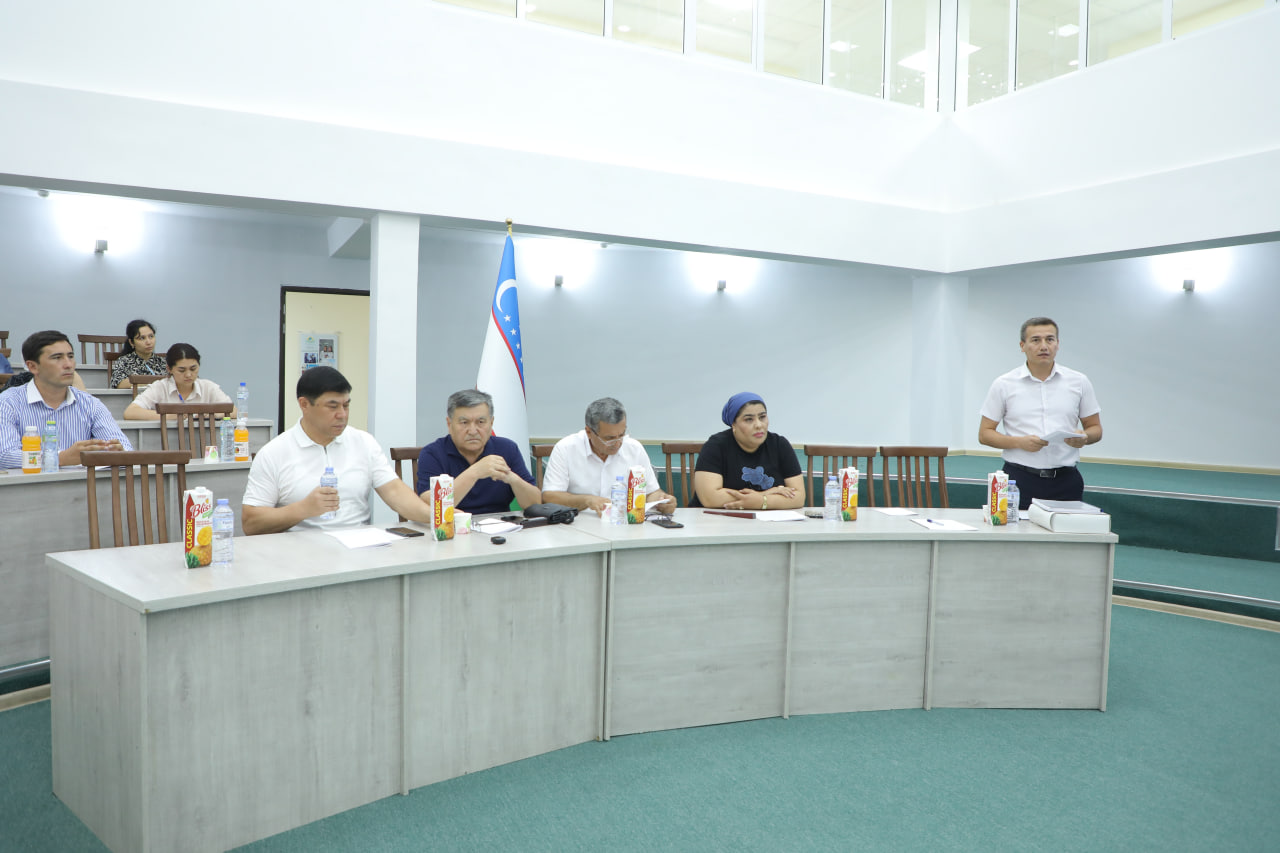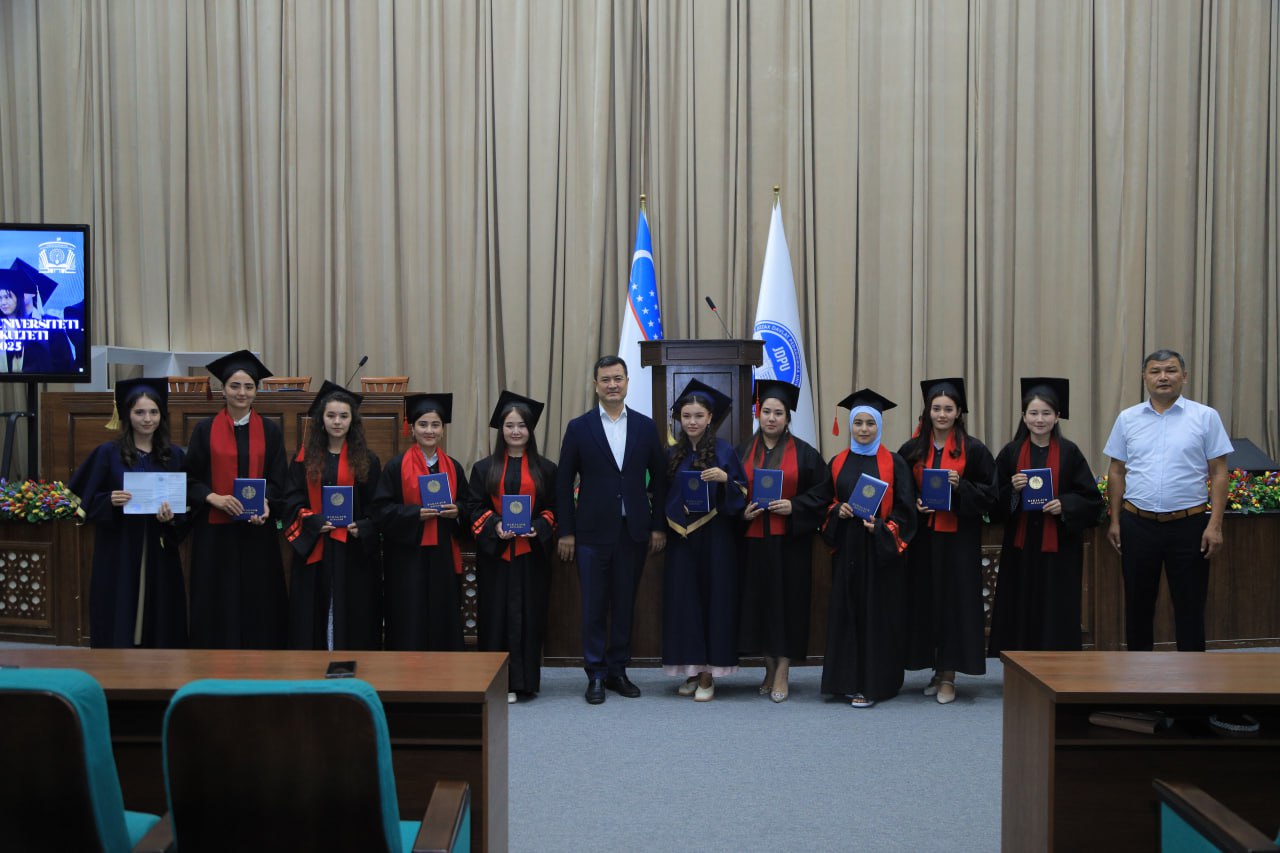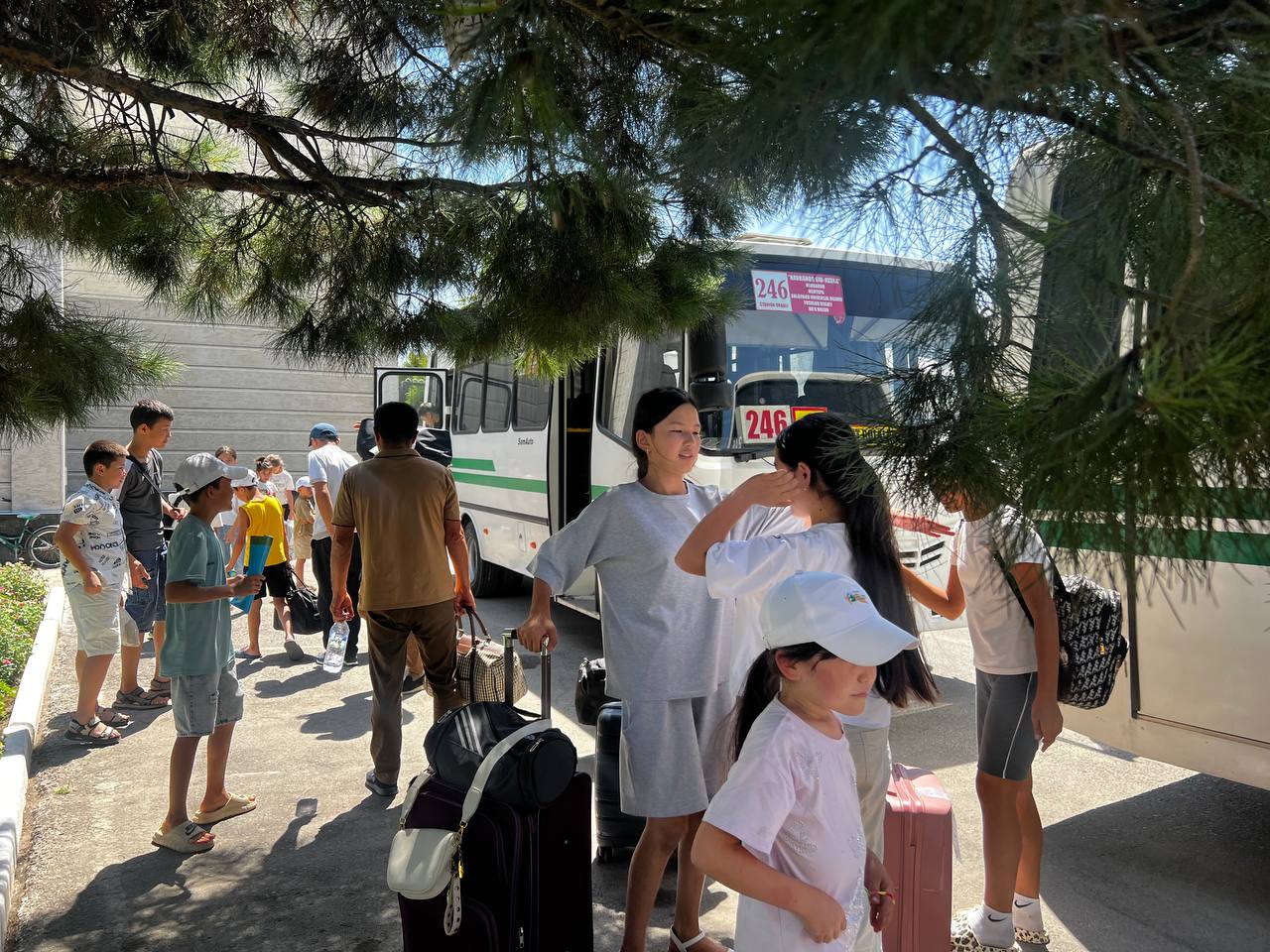Abstract: This article aims to create a non-invasive method for determining glucose levels in diabetes to prevent diabetes. A non-invasive glucometer is aimed at creating a detection concept based on the biophysical parameters of biologically active points. When developing non-invasive fluorescence, experiments were carried out on healthy people and patients with two types of diabetes, confirmed by mathematical and statistical methods that correlate the amount of glucose in the blood and biophysical parameters at biologically active points.
Keywords: biofact active points, igloreflexotherapy, statistical processing, datasheet.
I. INTRODUCTION
In this article, using the electro-diagnostic method of igloreflexotherapy, J. Determining the amount of glucose in diabetes mellitus on the basis of electron biofuel points in the Riodoraku system of Nakatia, and finding mathematical connections among them and ultimately creating a mathematical model for noninvasive glucometer. The first step in building an adequate model is to get complete information on the change in glucose levels in diabetes mellitus, the statistical processing and analysis of data obtained from experiments on electro-diagnostic resistance detectors. We evaluated the biophysical parameters of biologically active points in the process of changing glucose or hyperglycemia in diabetes mellitus. In our subsequent work, we present a mathematical model of a non-invasive glucometer.
II. PROCEDURE FOR PAPER SUBMISSION
Nowadays, human beings have argued that the models underway in the body as a cybernetic system give positive results, and that they need to be deepened and expanded in their research. The results of the research and literature review show that in the on-line mode of diagnostics and treatment of diabetes (ТD) there is a wide range of igloreflexotherapy (IRT) methods to determine the amount of glucose in the blood and to identify the type of treatment therapies The main objective of this article is to develop an information support system, including functions. As you know, the human body is a complex system with a set of biofact active points(BFP). The processing of the numerical data, measured by biofuel points, requires the use of the theory of nontraditional headings. It is crucial to determine the amount of glucose in the blood based on IRT by creating mathematical, algorithmic, and software that evaluates the measured number of data and in the non-free environment. To date, the presence and role of glucose in the human body, the normal distribution of blood, and the presence of invasive and non-invasive glucose metabolites that monitor the progression of glucose levels in the TD, and the major drawbacks of these are the biophysics of the BFN using the IRT-based diagnostic equipment (BDE) measurement, the connection between the two parameters (EG in the blood glucose + BFN) is eliminated from the point of view of medicine and cybernetics. The first task of the research is to create an automated neutral non-invasive glucometer mathematical model (ANGMM) in the body that determines the origin of diabetes mellitus in glucose levels in the blood. The use of IRP therapeutic procedures in iperglycemia in TD is a second global issue, which seeks to overestimate and decrease the BFPs electrical resistance (ER), with the creation of automated diagnostic and therapeutical complex (ADTС) system.
The stage of the clinical trials of ANGMM using the BFP (see Table 1) in J. Nakatani’s Riodoraku method and the processing of the results obtained by mathematical statistics is as follows:
• carrying out experiments on measuring blood glucose content (MG %) in the BFP in the ER and the biochemical method of the TD;
• statistical processing, datasheet, graphic, interval methods of analysis and processing using the spline methods;
• development of mathematical criteria for the differentiation process based on the amount of biophysical parameters in the informative BFP between healthy men and individuals 1 and 2 of TD.





